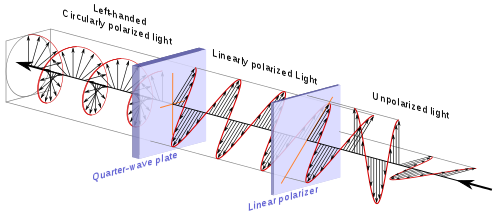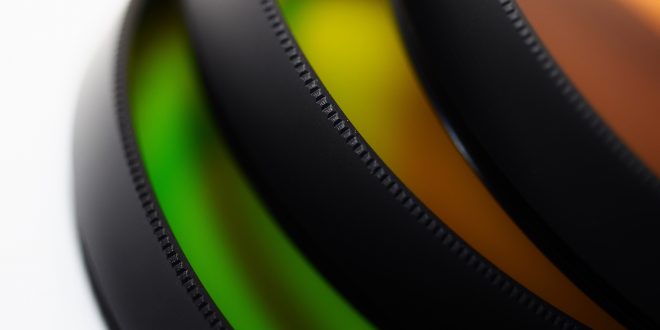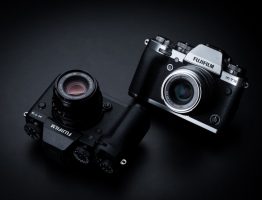My first look into landscape photography scared me away from the genre entirely. Why? The price of filters!
It feels like everyone on camera forums has a full set of the best Lee Filters, alongside a tripod and head that cost more than my car. If you’re a professional, buying these can make sense. For the amateur with a limited budget, one has to make some trade-offs.
Now I know there are cheaper ways to buying filters–especially with the Fujicron lenses. Screw-in type filters can be found for much cheaper without too much reduction in quality. Better yet, the Fujicron’s smaller thread size means smaller prices for filters.

10 second exposure at f/13 – CPL + 6 stop ND
Filter Choices
Let’s run over some common filters and their uses first.
Circular Polarizers

Circular polarizers filter out light polarized in a certain direction. Typically they are used to cut reflections in water, and to increase contrast in skies. You can rotate them to change the direction being filtered. If you only get 1 filter for landscapes, this would be the one to get.
Neutral Density Filters
ND filters act kind of like sunglasses, darkening the image. This allows you to shoot with larger aperture or slower shutter speeds than without a filter. With a larger aperture, you can get thin Depth of Field even in sunlight. With a longer shutter speed, you can smooth out water or clouds to get a dreamy look to your landscapes (this requires a tripod of course).
ND filters are measured by how many stops of light they block; a 3-Stop filter would allow you to open your aperture by 3 stops and get the same exposure. Buying a 3-stop and a 6-stop ND filter gives you a good range of options (3, 6, or 9 stops by stacking).
Graduated Filters

Graduated filters are like ND filters, but they only cover part of the frame. When there’s a big exposure difference between the sky and the ground, you have to choose between clipping the sky or losing shadow detail on the ground. With a graduated ND, you can darken the sky and capture a frame with much more detail.
While they do sell screw-in style ND filters, you’re limited to placing the ‘horizon’ right in the middle of the frame. With square filters and a filter holder, you can
You can replicate the effect of graduated filter later in post-processing, either with one photo or exposure bracketing. Most people can easily get away without owning one of these.
Should I get square or screw in filters?
Unless you only shoot landscape or you really need graduated ND filters, get screw-in filters. They are cheaper, lighter, and pack smaller because you don’t need a bracket.
Cokin makes a very affordable square filter set, but their ND filters have a really strong color cast. You can fix it in post-production, but correcting color shift on multiple filters can be a real pain.
My kit
I think the best option is to buy a set of filters for the largest lens you’ll be using, then use step-up rings to match the rest of your kit. This way you don’t have to buy multiple copies of filters. For the Fujicrons, that means buying 46mm filters and a 43-46mm step up ring. If you don’t plan on using the 50mm for landscapes, you could get 43mm filters.
While I shoot with the an X-Pro2 and the Fujicron lenses 90% of the time, I do break out the X100T once in a while, so all of my filters are 49mm (conveniently, the wide converter is 49mm too). I have:
- B+W Circular Polarizer
- Breakthrough Photography 3 Stop ND
- Breakthrough Photography 6 Stop ND
- Sensei Step Up Rings
- Tiffen Filter Pouch
I like the Breakthrough Photography filters for their lack of color cast, but unfortunately they don’t make filters in 43 or 46mm. They also run $10-20 more expensive than other brands. Check out offerings from B+W or Tiffen.
The combination of 3 and 6 stop filters is usually good enough to get the effects I want, but for really long exposures during the day you need more stopping power. I might be picking up a 10 stop filter sometime in the near future…
What to look for when picking filters?
The biggest factors to watch out for:
- Color Shift
- Build Quality
Always check reviews to see how much of a color shift certain filters have. Just because a brand is reputable doesn’t mean all of their lenses have no color cast.
Also check reviews for Build Quality. When you’re out shooting, you don’t want to be struggling because the threads aren’t aligned just right.
What’s in your kit?
Do you use any filters? What kind of photos do you shoot? Let me know in the comments below!

